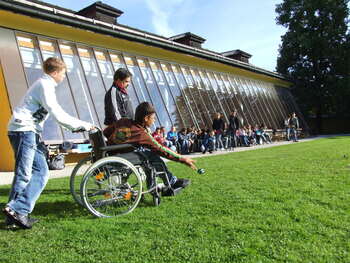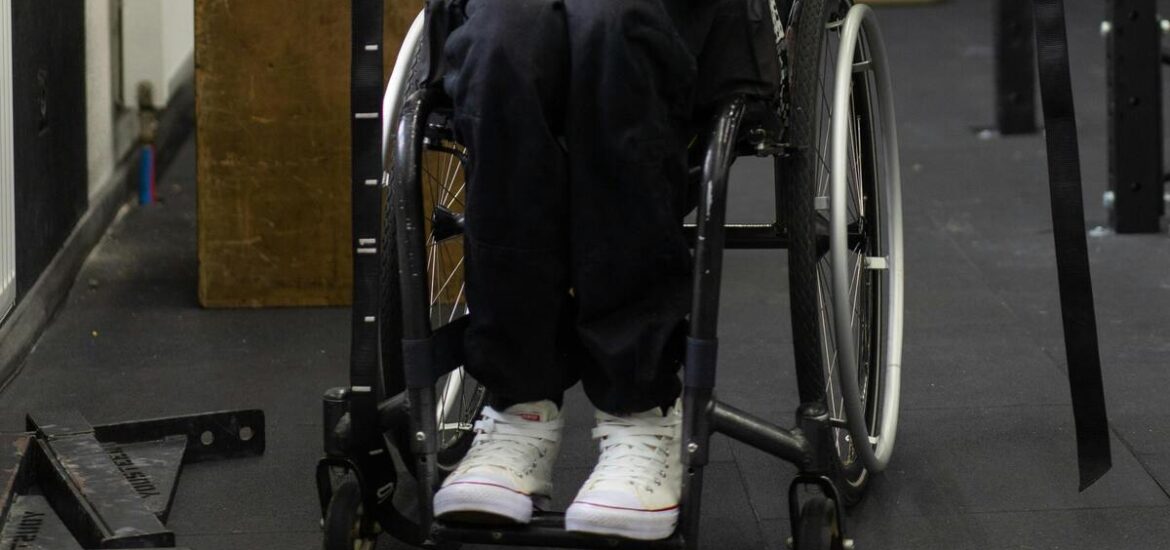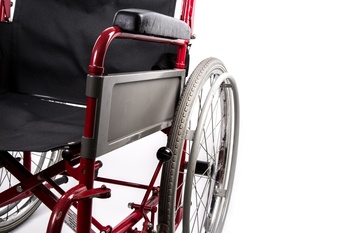In the realm of mobility assistance, wheelchairs play a crucial role in enhancing the lives of individuals with limited mobility. As technology and design continue to evolve, the variety of wheelchairs available has expanded, offering tailored solutions to address diverse needs and preferences. This comprehensive guide explores the different types of wheelchairs, each uniquely designed to cater to specific mobility challenges and lifestyles.
1. Manual Wheelchairs
Overview
Manual wheelchairs are the most traditional and commonly recognized type. They are propelled by the user or a caregiver, relying on the user’s upper body strength to move. Manual wheelchairs come in various styles, offering versatility for different needs.
 Types of Manual Wheelchairs
Types of Manual Wheelchairs
- Standard Manual Wheelchairs: Simple and durable, suitable for daily use.
- Transport Wheelchairs: Lightweight and compact, designed for easy transport and storage.
- Lightweight and Ultra-Lightweight Wheelchairs: Constructed with lightweight materials, offering ease of maneuverability.
- Reclining Wheelchairs: Featuring a reclining backrest for enhanced comfort.
- Sports Wheelchairs: Designed for athletic activities, featuring lightweight frames and specialized configurations.
2. Power Wheelchairs
Overview
Power wheelchairs, also known as electric wheelchairs, are motorized devices powered by rechargeable batteries. Controlled by a joystick or other interfaces, power wheelchairs provide increased independence for individuals with limited upper body strength.
Types of Power Wheelchairs
- Mid-Wheel Drive Power Wheelchairs: Designed for a tight turning radius and increased maneuverability.
- Rear-Wheel Drive Power Wheelchairs: Known for stability at higher speeds and outdoor use.
- Front-Wheel Drive Power Wheelchairs: Offering good stability and obstacle climbing abilities.
- All-Terrain Power Wheelchairs: Equipped with features for navigating rough terrains and outdoor activities.
3. Standing Wheelchairs
Overview
Standing wheelchairs are designed to allow users to transition from a seated to a standing position. This innovative design promotes health benefits such as improved circulation, respirat
ory function, and enhanced independence.
Types of Standing Wheelchairs
- Manual Standing Wheelchairs: Require user effort to stand.
- Power Standing Wheelchairs: Utilize powered mechanisms for users to stand with minimal effort.
4. Lightweight Wheelchairs
Overview
Lightweight wheelchairs are designed with an emphasis on portability and ease of use. They are constructed from materials like aluminum or titanium, making them easier to propel and transport.
Types of Lightweight Wheelchairs
- Folding Lightweight Wheelchairs: Can be folded for compact storage and transport.
- Rigid Lightweight Wheelchairs: Offer a fixed frame for increased durability and rigidity.
5. Pediatric Wheelchairs
Overview
Pediatric wheelchairs are specially designed to meet the unique needs of children with mobility challenges. These wheelchairs provide the necessary support and adjustability for growing bodies.
Types of Pediatric Wheelchairs
- Manual Pediatric Wheelchairs: Scaled-down versions of standard manual wheelchairs.
- Power Pediatric Wheelchairs: Electrically powered wheelchairs designed for children.
6. Bariatric Wheelchairs
Overview
Bariatric wheelchairs are designed to accommodate individuals with higher weight capacities. These wheelchairs offer sturdier frames and wider seats for enhanced comfort and support.
Types of Bariatric Wheelchairs
- Manual Bariatric Wheelchairs: Designed to support larger individuals with user or caregiver propulsion.
- Power Bariatric Wheelchairs: Electrically powered options for individuals with higher weight capacities.
7. Beach Wheelchairs
Overview
Beach wheelchairs are specialized for navigating sandy and uneven terrains, allowing individuals to enjoy the beach and outdoor activities.
Features of Beach Wheelchairs
- Balloon Wheels: Large, inflatable wheels provide flotation on sand.
- Corrosion-Resistant Materials: Built to withstand exposure to saltwater and sand.
8. Tilt-in-Space Wheelchairs
Overview
Tilt-in-space wheelchairs allow users to change their position while maintaining a consistent angle between the seat and backrest. This feature is particularly beneficial for pressure relief and postural support.
Key Features
- Recline and Tilt Mechanism: Enables the user to recline and tilt the entire chair.
- Pressure Redistribution: Facilitates weight shifting for pressure relief and comfort.
9. Reclining Wheelchairs
Overview
Reclining wheelchairs offer an adjustable backrest, allowing users to recline for added comfort and relaxation.
Key Features
- Multiple Recline Positions: Users can choose from various recline angles.
- Leg Elevation Options: Some models offer elevating leg rests for additional comfort.
10. Transport Wheelchairs
Overview
Transport wheelchairs are designed for easy transport and are often lighter and more compact than standard wheelchairs.
Key Features
- Foldable Design: Compact and foldable for convenient storage and transport.
- Attendant-Propelled: Intended to be pushed by a caregiver or attendant.
11. Ergonomic Wheelchairs
Overview
Ergonomic wheelchairs prioritize user comfort and postural support. They are designed to reduce the risk of pressure sores and enhance overall well-being.
Key Features
- Customizable Seating: Adjustable features for personalized comfort.
- Pressure-Relieving Cushions: Designed to distribute pressure evenly and prevent skin issues.
12. Hybrid Wheelchairs
Overview
Hybrid wheelchairs combine features of both manual and power wheelchairs, providing users with the flexibility to switch between manual and electric propulsion.
Key Features
- Manual Propulsion: Users can manually propel the wheelchair.
- Electric Propulsion: Utilizes an electric motor for powered movement.
Conclusion
Selecting the right wheelchair is a crucial decision that directly impacts an individual’s mobility, comfort, and overall quality of life. With a myriad of options available, each tailored to specific needs and preferences, individuals with limited mobility can find a wheelchair that aligns with their lifestyle. Whether it’s a manual wheelchair for daily use, a power wheelchair for increased independence, or a specialized option for outdoor adventures, the diverse landscape of wheelchairs ensures that everyone can find the perfect match for their unique requirements.


